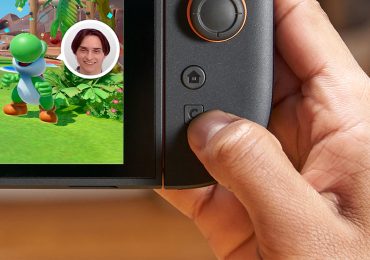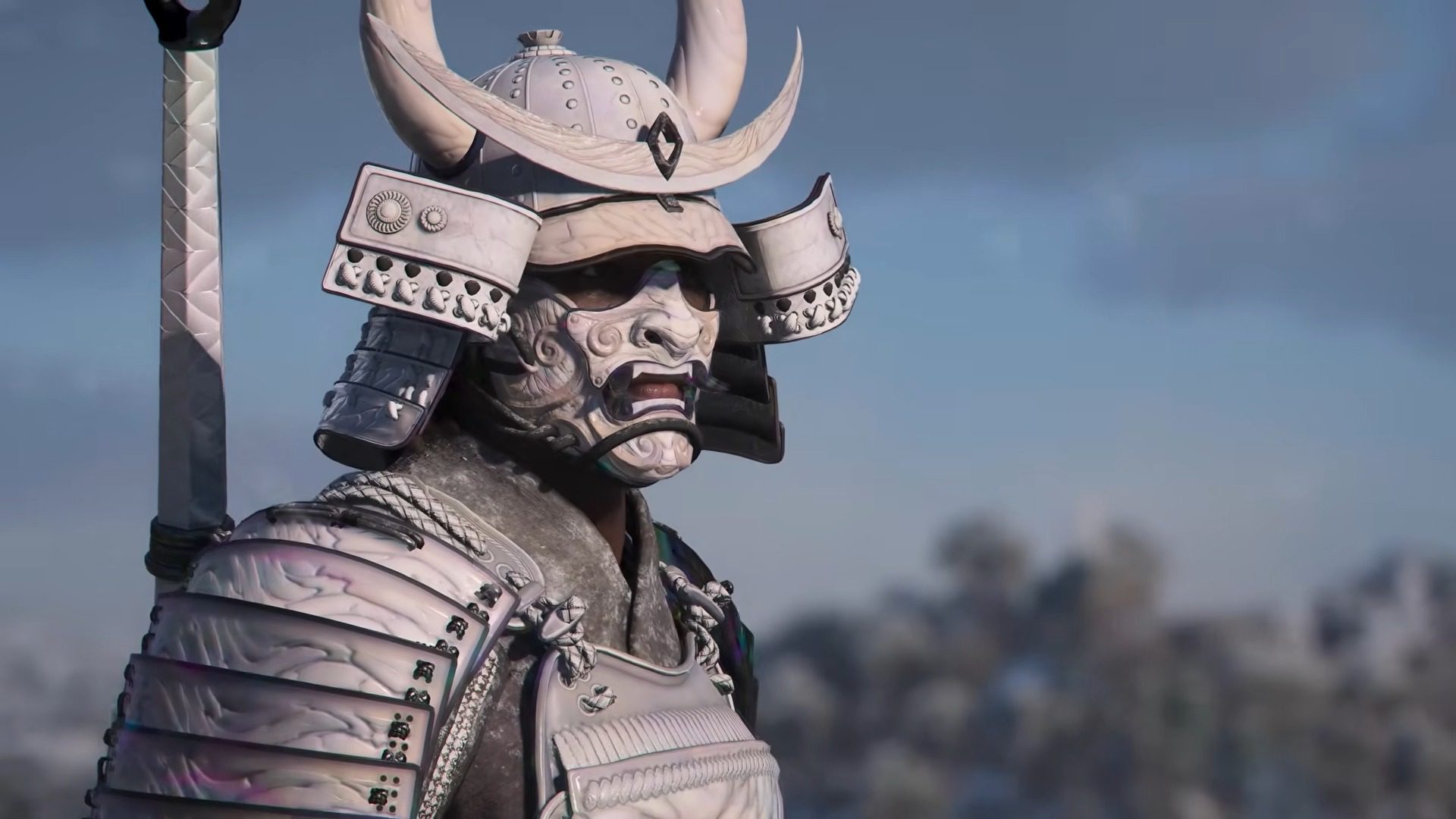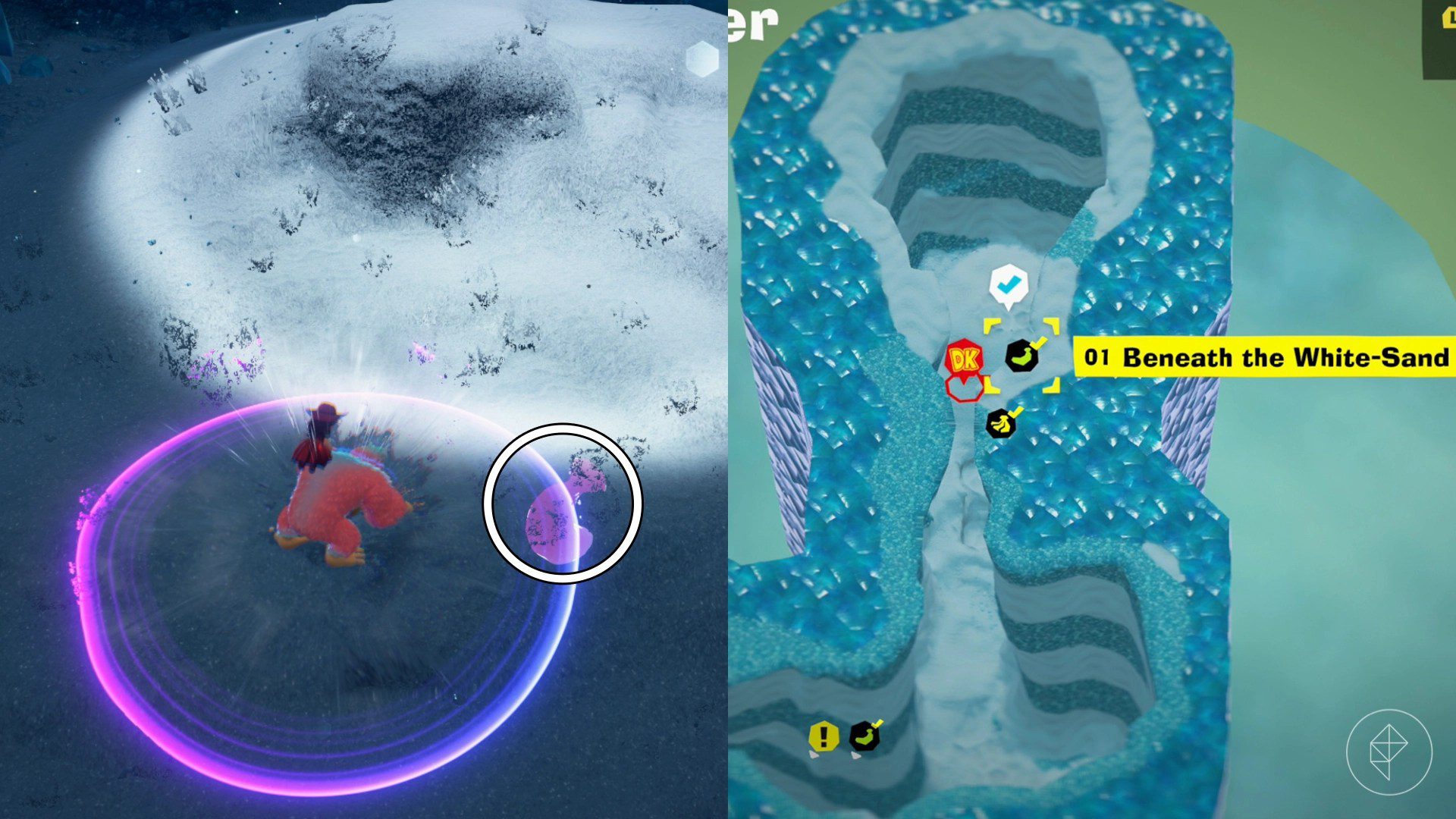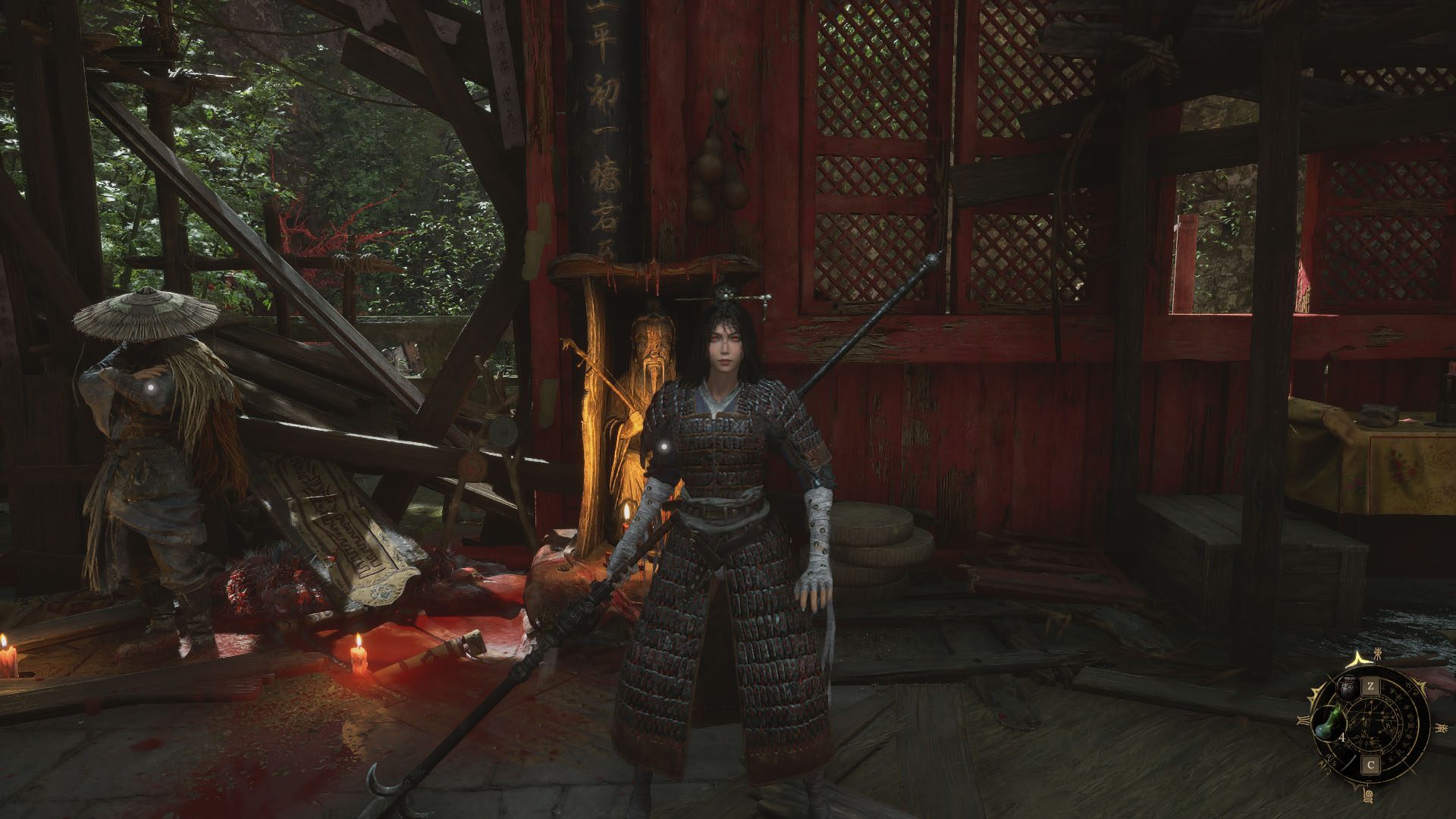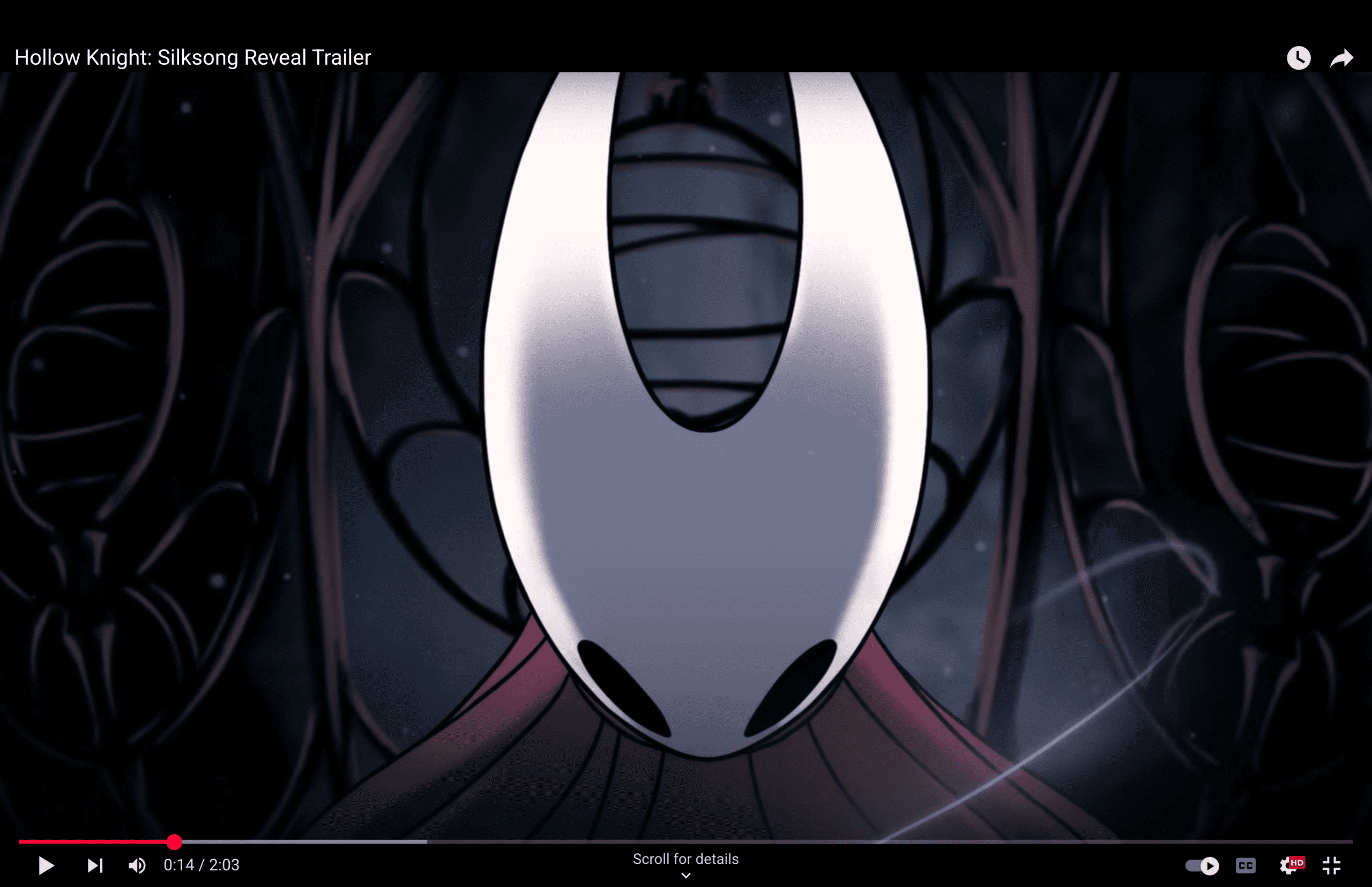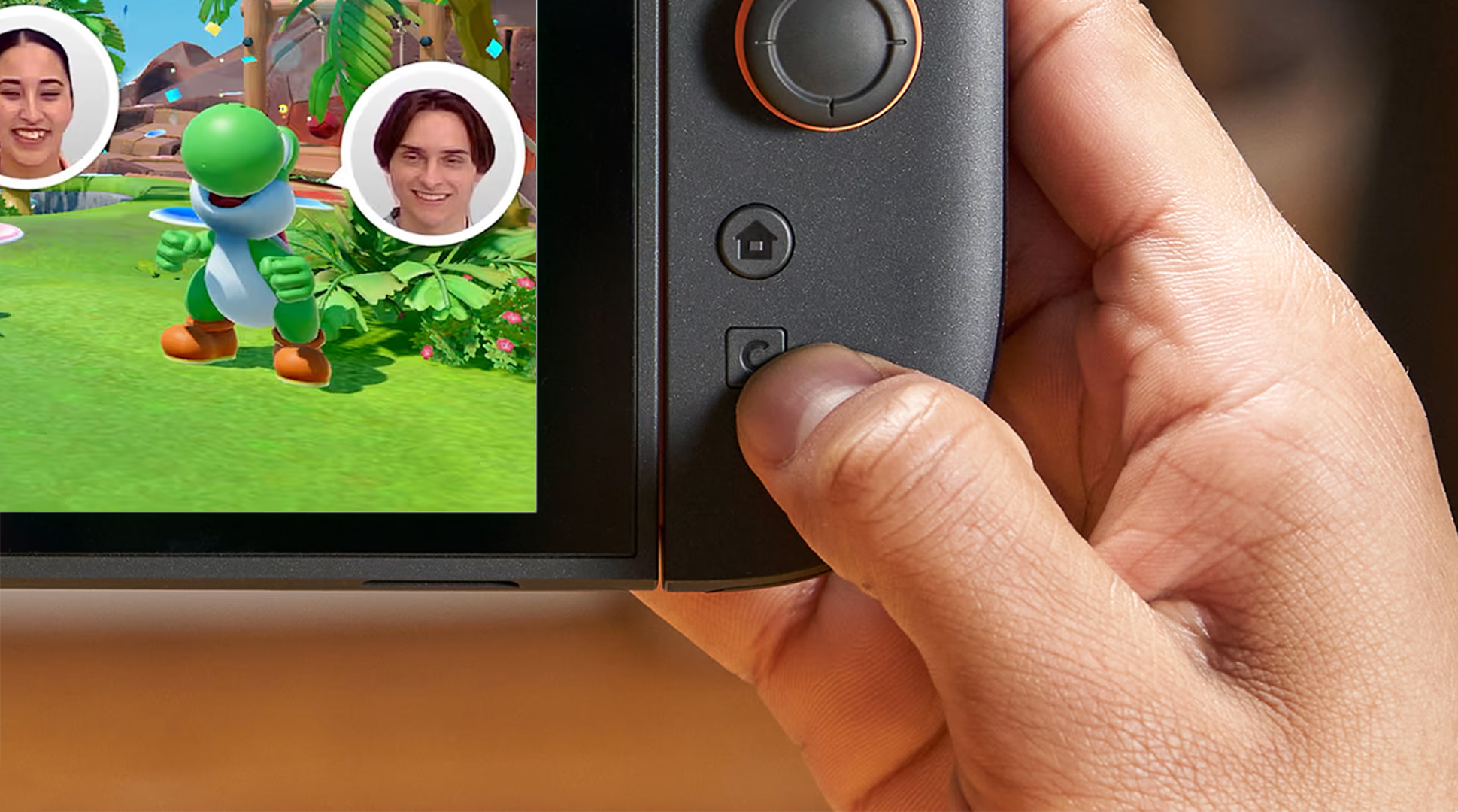
This story was first published in Switchboard, a newsletter from Polygon that delivers all the latest Switch 2 news, reporting, and rumors directly to your inbox. Sign up here to get it weekly.
One of the big new features that Nintendo touted at last week’s Switch 2 reveal was GameChat, a built-in communication system that — as long as you pay for Nintendo Switch Online — will let players communicate via voice and video chat, and share streams of gameplay with each other.
People who play online games seriously have been doing this for many years, through services like Discord, Ventrilo, and Steam. Nintendo’s own solutions for voice and video chat have been underbaked and experimental over the past two decades, and the arrival of GameChat is a sign that the company is finally taking voice and video chat seriously.
It’s not for lack of trying. Nintendo brought voice chat to some of its games as early as 2006, through the Nintendo Wi-Fi Connection service. But unlike with GameChat, Nintendo has often approached voice and video chat on a game-by-game basis, or it has offloaded chat to external apps.
But as Nintendo’s Sumikazu Ono, who was in charge of overseeing development of the Switch 2’s built-in features, says in an interview on Nintendo’s website, the goal for GameChat was “no setup required.”
“Voice or video chat for gaming often involves a little extra work in setting up the equipment,” explains Nintendo’s Yoshitaka Tamura in that same interview. “But Switch 2 has a built-in microphone, so you can easily use voice chat, and the Nintendo Switch 2 camera, which is sold separately, is simple to use with a setup that is not too complicated.”
That’s a far cry from how Nintendo first handled voice chat. When Nintendo implemented chat in games like Metroid Prime Hunters, Pokémon Diamond and Pearl, and Advance Wars: Days of Ruin, players needed to input a 12-digit Friend Code to add another player to their friends list in order to chat with them. Voice chat in those Nintendo DS games was limited to certain modes, clumsy, and of low quality.
Nintendo later developed a proprietary microphone for the Wii called Wii Speak, which was supported by about a dozen games for the system, including Animal Crossing: City Folk and Monster Hunter Tri. Nintendo even created a dedicated Wii Speak Channel for the console, but chat features were limited to users who had shared Friend Codes with each other.
Nintendo tried voice chat again on Wii U, with Wii U Chat, which included video powered by the system’s GamePad, which had a built-in camera and microphone. Wii U Chat was limited, but it included a fun feature: Users could draw on the screen to share messages with anyone on the other end of a call. (Wii U Chat shut down alongside MiiVerse in 2017.)
For the Switch, Nintendo decided to let a smartphone app handle voice chat. Again, it was only supported in certain games, and Nintendo’s solution was imperfect. Many users opted not to use Nintendo’s app, and stuck with existing communication apps like Discord to handle their real-time chats.
Voice chat via the Nintendo Switch Online app was the latest example of Nintendo’s cautiousness when it comes to online interactions. Nintendo also released a Nintendo Switch Parental Controls app, which lets parents control game time and whether children can use features like voice chat. The Parental Controls app can let parents approve who a child can GameChat with on a user-by-user basis.
Nintendo finally seems slightly more comfortable with online interactions, given that it’s implementing them more broadly at the system level with Switch 2. That’s likely a reflection of just how commonplace video chat has become — especially since GameChat was developed starting in 2020, at the height of the pandemic, and when Zoom became the go-to way for friends and companies to communicate. Thanks to existing Nintendo Accounts, which have been in use for years now by tens of millions of players, it will be easier than ever to connect with voice and video chat on a Nintendo console. There’s a whole button dedicated to it.
For Switch 2 owners who are as cautious as Nintendo’s been over the past two decades, Takuhiro Dohta, senior director at Nintendo EPD’s programming management group, said in a Q&A in New York City last week that “you won’t find yourself in a situation where you’ll be placed in a chat with strangers. And in terms of the friend list, you can import it from the Nintendo Switch so that you can do some fine tuning and adjusting [of users], because there’s bound to be people who like to chat and there’s people who don’t prefer to chat.”
So while Nintendo’s voice chat growing pains have been very visible (and often frustrating) for multiple console generations, much of that awkwardness appears to have been eliminated for Switch 2. Just remember, though, GameChat will only be free for a limited time. You might want to keep the Nintendo Switch Online app installed on your phone if you don’t feel like paying to chat with your friends.
